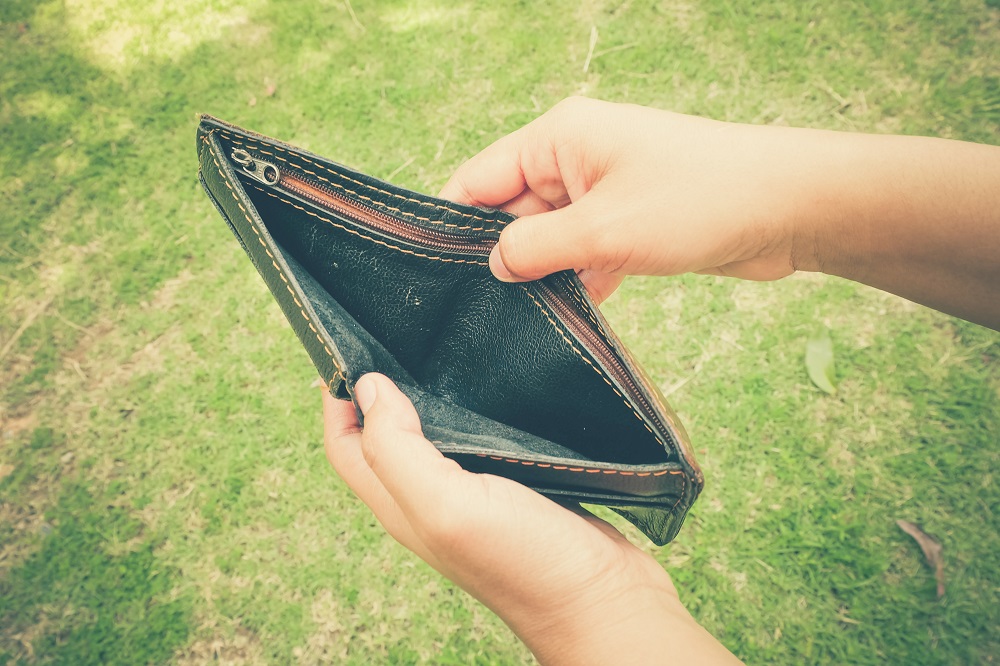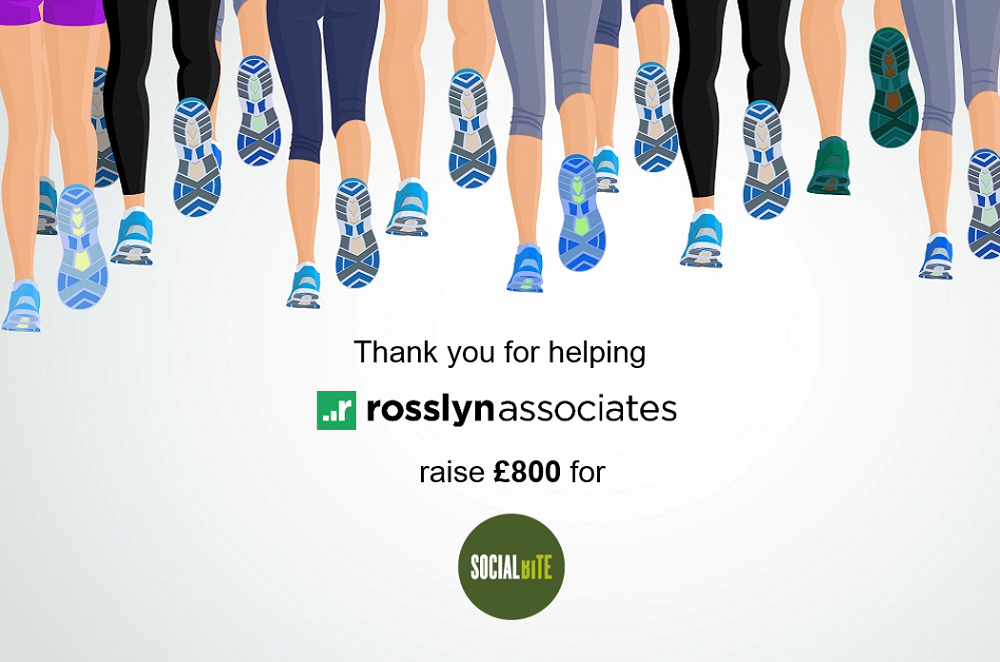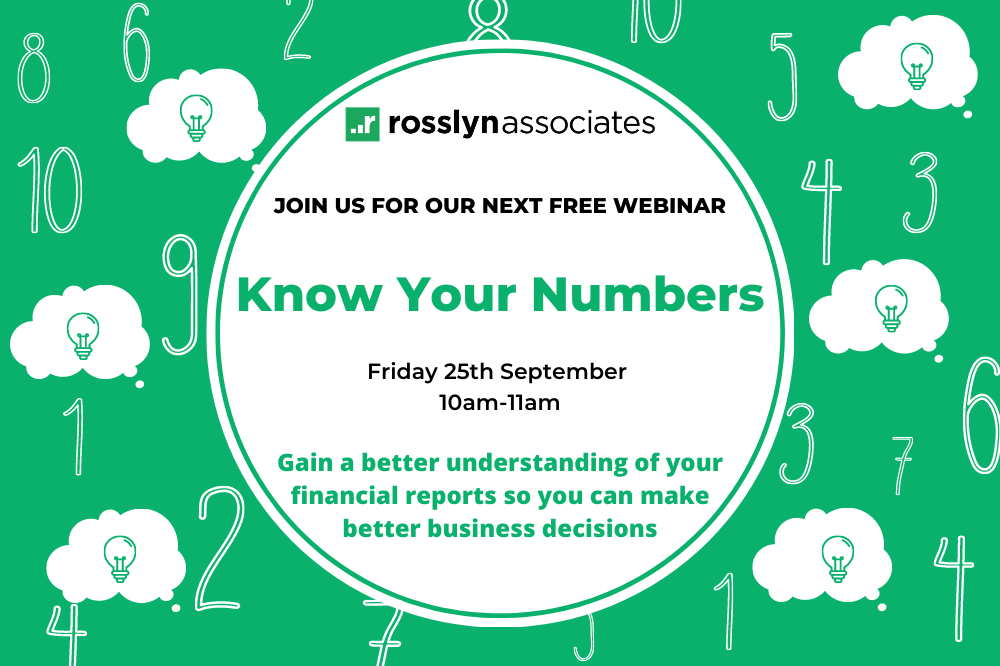
I’ve made a profit, so where’s the cash!?
So, your accounts say you have made a decent profit, but your bank balance says otherwise? Business owners are often confused about where all their business’ profit has gone. To properly understand what has happened to your cash you have to look beyond your bank account, and you also can’t run a business purely based on your profit and loss account. There are a number of different things to consider, which explain why you may not have as much cash as you expected.
Difference between profit and real cash
The profit of a business is the turnover (sales), less any costs necessary to make the sale. What people forget is that profit gets spent and therefore the balance in the bank is not reflective of the profit that your business has made. Just because you have made a profit, it doesn’t mean you have any cash.
Where has all the profit gone?
There are lots of different things that your business’ profit gets spent on and other factors which explain the difference between your cash balance and profit. Here are the things you should be paying attention to:
-
Cash in bank – Opening balance
First of all, we have to look at what cash the business had in the bank at the start of the year. This is how much money you had and is the starting point.
Let’s say you had £10,000 in the bank at the start of the year.
-
Profit
Next, you add the profit the business has made in the year to the cash that was in the bank at the start of the year.
So, if your profit was £40,000, that gives us £50,000 (£10,000 + £40,000).
-
Depreciation
You then should add any depreciation which was included in the business’ accounts. This is because when we are trying to understand where the actual cash has gone, depreciation, which has been deducted to find the profit, isn’t real cash, so it isn’t relevant to your bank balance.
If the depreciation included in your accounts was, say, £5,000, this brings the balance to £55,000.
-
Dividends and drawings
Next, we deduct any money taken out the business by the owners. i.e. drawings if you are a sole trader, or dividends if your business is a Limited company. That is because this money has been removed from the business and now belongs to the individual and is not included in the profit calculation.
If drawings/dividends are £30,000, this leaves £25,000.
-
Inventory/stock
You then need to consider the change in stock held in the year. If your stock has increased, you should deduct this increase from the cash figure. This is because you have paid for stock that you haven’t used yet. If your stock has decreased, you should add this decrease to the cash figure. This is because you have used stock which you paid for in an earlier year.
If your stock has increased by, say, £6,000, this leaves cash of £19,000. (£25,000 – £6,000).
-
Accounts receivable (also known as “trade debtors”)
Accounts receivable refers to the money which you are due from customers/clients. This also should be deducted because you don’t have the cash yet in the bank. In a similar way to stock, it is the increase or decrease that is deducted or added to the cash balance.
Let’s say your customers owe £20,000 at the start of the year, and £30,000 at the end of the year. The increase of £10,000 needs to be deducted from the cash balance. (£19,000 – £10,000 = £9,000)
-
Accounts payable (also known as “trade creditors”)
You then need to add on the money which you owe any of your suppliers for orders or services which you are yet to pay for. The reason for adding this back on is that you literally still have the cash, even though you owe the money to someone else. Again, as with accounts receivable, it is the change in the year that affects your cash.
If you owe suppliers £3,000 at the start of the year and £8,000 at the end of the year, the £5,000 difference needs to be added to your cash balance. (£9,000 + £5,000 = £14,000)
-
Loan
You should also account for any loan repayments you have made with the business’ profits. This is something which you have spent your profits on and explains where some of the cash has gone.
If the loan balance has gone down by £6,000 this needs to be deducted from the cash balance. (£14,000 – £6000 = £8,000)
-
Closing cash balance
You then have your closing cash balance in the bank which should agree to your business’ bank statement. In the example above, the profit made was £40,000, but the cash in the bank is only £8,000. To properly run a business’ finances, you need to look at the balance sheet and cash flow as well as the profit and loss account. The main reason for small businesses going out of business is that they run out of cash. Proper financial management can prevent this from happening. Once you have good financial controls and systems in place, you can use these to plan the future growth of your business.
How Rosslyn Associates can help your business grow
Combining our knowledge in business planning, accounting and tax with our advanced business planning software, we can help you reach your business goals and realise your dreams. By removing any confusion and explaining things clearly, we can help you map out a plan for the future of your business, helping you understand and control your finances.
FREE CASHFLOW MANAGEMENT WEBINAR
If you would like to learn more about how to improve your business’s cashflow, join us for our next free webinar – Cashflow Management!
The benefits of attending:
• Learn the difference between profit and cash surplus in your business
• Learn how the working capital cycle works
• Establish your Cash Conversion Cycle
• Identify the causes of poor cashflow
• Understand the process changes that improve your cashflow
Making great business profits is one thing. It’s not much comfort if your bank account doesn’t reflect your profits!
• Every wonder why your bank account doesn’t reflect your profit?
• Don’t understand your Cash Conversion Cycle?
• Want to have better cashflow this year?
Get in touch
If you’d like to discuss how we could work together, get in touch. Call the office on 0131 445 1825 or email info@rosslynassociates.co.uk, and one our team will be happy to help!





